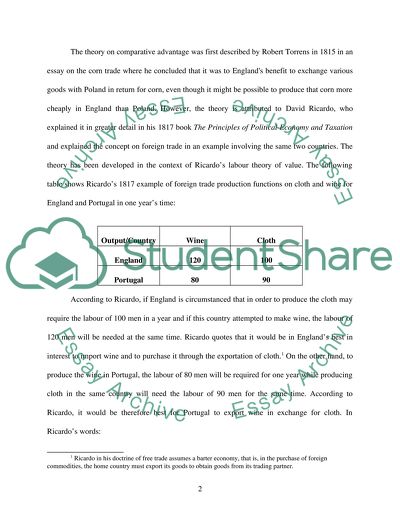Cite this document
(Arguments in Support of the Theory of Comparative Advantage Term Paper, n.d.)
Arguments in Support of the Theory of Comparative Advantage Term Paper. Retrieved from https://studentshare.org/macro-microeconomics/1526431-political-economy-essay
Arguments in Support of the Theory of Comparative Advantage Term Paper. Retrieved from https://studentshare.org/macro-microeconomics/1526431-political-economy-essay
(Arguments in Support of the Theory of Comparative Advantage Term Paper)
Arguments in Support of the Theory of Comparative Advantage Term Paper. https://studentshare.org/macro-microeconomics/1526431-political-economy-essay.
Arguments in Support of the Theory of Comparative Advantage Term Paper. https://studentshare.org/macro-microeconomics/1526431-political-economy-essay.
“Arguments in Support of the Theory of Comparative Advantage Term Paper”, n.d. https://studentshare.org/macro-microeconomics/1526431-political-economy-essay.


